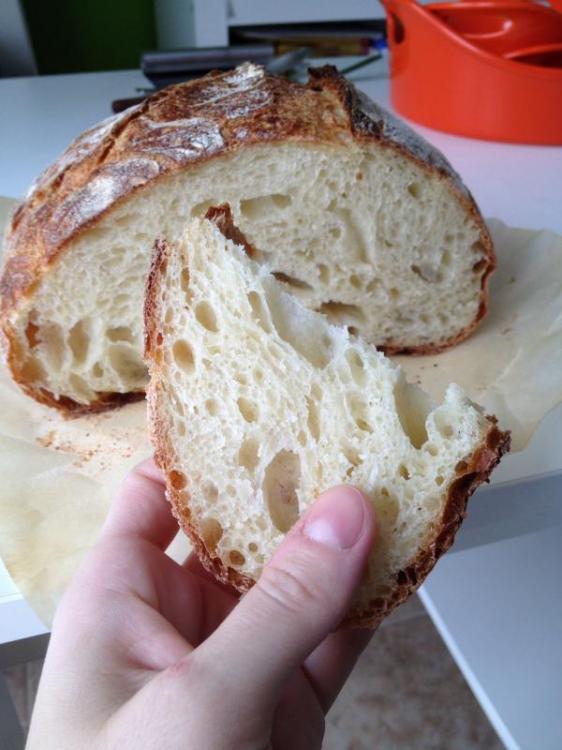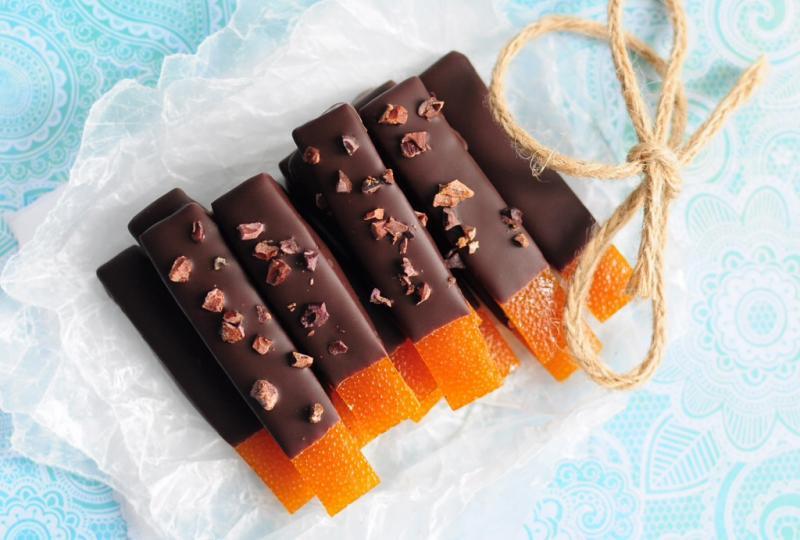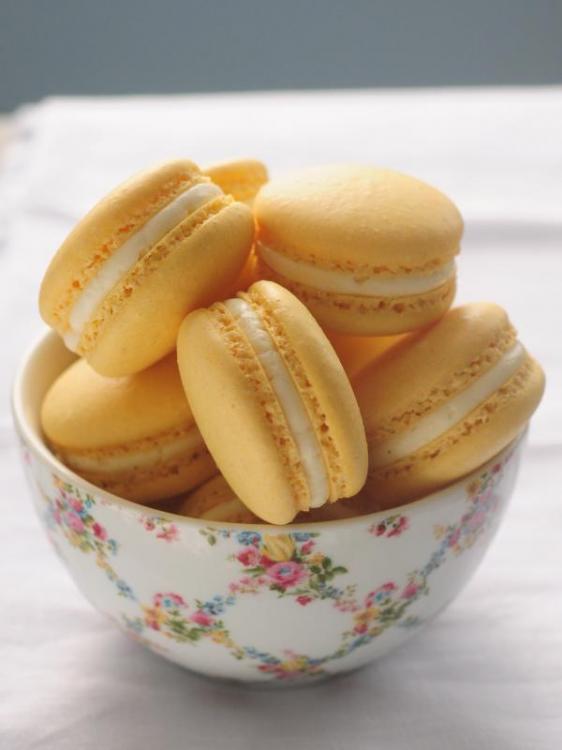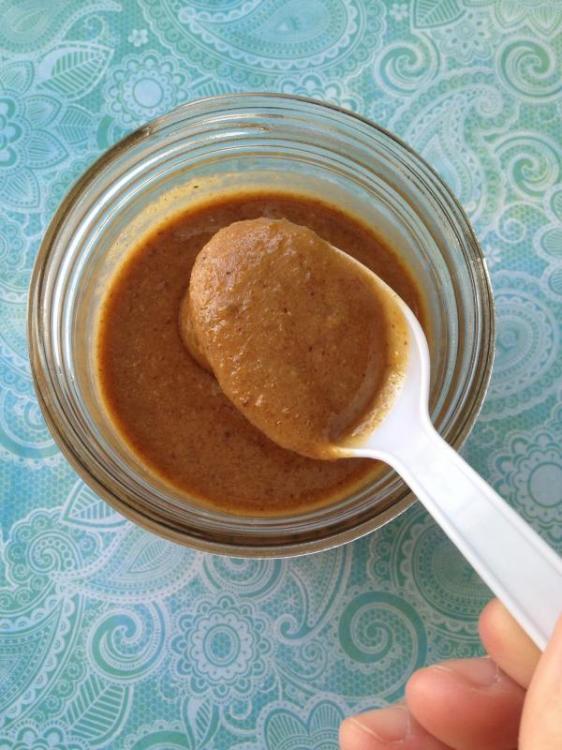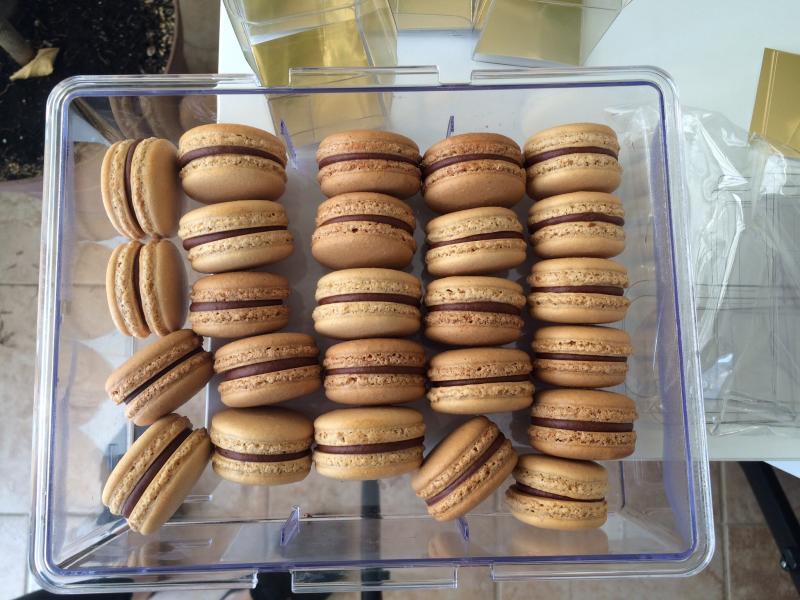-
Posts
300 -
Joined
-
Last visited
Content Type
Profiles
Forums
Store
Help Articles
Everything posted by DianaM
-
I think you should give yourself some credit, Willow. For a first attempt, they look nice, and where piping is concerned, practice really does make perfect.
-

Your Daily Sweets: What are you making and baking? (2012–2014)
DianaM replied to a topic in Pastry & Baking
I am not Alleguede, but I think he meant Ocoa, one of the new single origins from Cacao Barry, made with their Q-fermentation method. -
Oh, those are delicious! For a while, the Reinhart white sandwich was our daily bread, I'd make four at a time, and freeze them. Yum. Only challah or brioche makes a better French toast. I am still waiting for amazon to ship my Forkish book, but in the meantime I tried the Saturday white. I upped the water when mixing the autolyse because it seemed a bit stiff, and ended up with this, a tall loaf with gorgeous crust. Today I mixed the same dough but replaced 10% of the white flour with wholegrain spelt. It is bulk fermenting now, really curious how it will turn out.
-
Made some orange confit, using Curley's instructions, which do not require the use of a refractometer. Delicious, especially with the cacao nibs, which add crunch and a different chocolate flavor note.
-

Your Daily Sweets: What are you making and baking? (2012–2014)
DianaM replied to a topic in Pastry & Baking
Ha! The ones that look like a french beret did not make it into the picture! -

Your Daily Sweets: What are you making and baking? (2012–2014)
DianaM replied to a topic in Pastry & Baking
Mmm, eclairs! Haven't had one in ages, but I would love one now. Or ten. Passion fruit curd and vanilla bean swiss meringue-filled macs. -
The RH multigrain sounds interesting. If the spelt wholegrain flour does not work out, I will try it. I am most grateful for your mentioning Arva Flourmills, I had never heard of them before. Their flour is expensive, it's true, but I am very interested to try it, and they do sell through the website. At least the shipping would be free, since I am in Ontario as well, just 1 1/2 hours away. Thanks again!
-
Thanks, Ann. I guess this was the gist of my question. I wanted to know whether people who use Canadian AP flour (as opposed to King Arthur or other US brands) routinely adjust bread recipes (given in weight) by adding extra water. Anna, thanks for the information. An artisan 1-lb boule would cost at least $3-4 at the grocery store - assuming it was still fresh enough for me to want to buy it. That being the case, if loaf I can make costs less, that's even better.
-
Kerry and Anna N, what brand of all purpose white are you using for your loaves? I have been using Five Roses, but their unbleached AP is pretty strong, and I always have to add more water than the formula calls for. I am waiting for my copy of the Forkish book, and was wondering if I will need to tweak his formulas as well. Also, has anyone had any experience using wholegrain spelt flour in place of whole wheat in breads? I have a strong aversion for the flavour of whole wheat, but I love spelt pasta, and I bought some spelt flour to try. Any pointers will be appreciated.
-
So I looked into the old cookbook and I found a recipe that looks like it might be the one my gran used to make. There is no sour cream in the cream, and it is made with semolina, like I mentioned above. Here it is: Honey cake Biscuit: 150 g sugar 2 tbsp honey* 2 tbsp milk 1 whole egg 1 tsp baking soda 450 g flour *the teaspoon and tablespoon measurements are not standardized. People simply use a regular spoon, or a regular (not the tiny moka) teaspoon. Mix the sugar, honey, milk, egg and baking soda. Heat mixture over a double boiler for about 15 minutes, until it is foaming. While still warm, we add the 450 g flour. Divide in 4 parts, roll out and bake each sheet. (No mention of oven temperature, size of pans, or baking time. But the second recipe, below, has more details in this respect: bake at 180 degrees C for 8-10 min, on the back of a pan). Sandwich the sheets together with the following cream: cook 100 ml of semolina (unusual to have volumetric measure for a dry ingredient) in 500 ml of milk and a little vanilla, until it becomes quite thick. Cool this mixture. Cream 200 g butter with 200 g confectioners sugar until fluffy, then add the cool semolina mixture little by little, mixing well after each addition. This biscuit can be filled with any other starch-thickened filling (the book has several of these). The cookbook recipe does not mention that the cake needs to be wrapped up and softened overnight, which is what my gran did. Also, my gran stacked it like this: biscuit, semolina cream, biscuit, a tart jam (usually apricot was available), biscuit, semolina cream, and finish with biscuit. For the top confectioners sugar, that was it. I thought I'd also search the hungarian web, and I found a very similar recipe, that does use sour cream. Check out the picture: http://www.nosalty.hu/recept/kakaos-tejfolos-mezes My gran's looks just like this, but with fewer layers. FWIW, there are several great reviews all saying how good the cake is. But the cocoa powder in the biscuit doesn't sound authentic (to me), at least my gran never put cocoa in hers, as far as I remember. Cocoa and sour cream honey cake For the biscuit: 450 g flour 150 g confectioners sugar 50 g butter 2 tbsp honey 3 tbsp milk 2 eggs 2 tbsp cocoa powder 1 levelled tsp baking soda* For the filling: 3 packets pudding powder, cream flavoured** 900 ml milk 10 tbsp sugar (or to taste) 200 ml sour cream 200 g butter 150 g confectioners sugar a tart jam like apricot *the teaspoon and tablespoon measurements are not standardized. People simply use a regular spoon, or a regular (not the tiny moka) teaspoon. **in most of Europe, Dr. Oetker makes and sells "pudding powders," in different flavours like vanilla, caramel, chocolate. Apparently there is now a (whipping) cream flavoured pudding powder, and that's what this lady uses. I searched for the ingredient list: cornstarch, salt, artificial flavour, artificial colouring. One package weighs 40 g. 1. Prepare the filling first. Cook the milk with the pudding powder, until thickened. The sugar is added only after removing the pudding mixture from the heat, because otherwise is can scorch very easily. Once the sugar is added, and while the mixture is still hot, add the sour cream. Cool the mixture (this is bolded in the text). Cream the butter with the confectioners sugar until light and fluffy, then mix this into the pudding little by little, mixing well after each addition. 2. For the "biscuit:" Mix all ingredients except the flour, then set the mixture over a water bath. Heat this mixture over the water bath until it foams. Add the flour and mix until smooth. Divide the dough into 3 parts, leave two in the mixing bowl, cover, and switch off the heat (under the water bath, I'm assuming). Turn your oven on to 180 degrees Centigrade. On a floured board, roll out the dough (further down she mentions the size of the pan, 28x38 cm, and the dough should cover the pan's bottom). In the beginning, it will tend to stick, so flour both sides of the dough. (in the comments she says she sometimes rolls it out on the very parchment sheet she will bake it on). Prick the sheet of dough with a fork all over to prevent it from shrinking. 3. Bake the sheet on parchment, on the back of the pan, in the preheated oven. It bakes fast, so keep an eye on it as it can easily burn (takes 8-10 min). While it bakes, roll out the second sheet of dough, then the third, and then bake these as well. 4. Cool the layers of dough, then assemble the cake. It goes like this: 1st layer, cover with the cream, 2nd layer, then cream, and finish with the 3rd layer. Cut the cake in 2, then stack one half on top of the other, with a layer of apricot jam in between. Cover the whole cake with aluminum foil, and refrigerate until softened. Phew. A few notes to test your patience even further, lol. Old cookbooks have very parsimonious method descriptions, so you will not find oven temperatures listed, pan sizes, and usually it says "bake until it's done." Also, as I mentioned, tablespoons and teaspoons are not standard measurements, and you sorta eyeballed it using your regular cutlery. If it worked, it worked. My gran never botched a cake, though, she was the queen of desserts in the family (people in her village used to ask her to make their wedding desserts, fun times . I will gladly answer if you need any clarifications.
-
My Hungarian grandmother makes a dessert she calls Honey cake. The layers are, indeed, pretty firm when baked, and soften up overnight. Like the cake Kerry describes, it looks like an icebox cake, and it is filled with a white filling made with wheat semolina (looks and tastes something like semoule au lait), and a dark jam. I may have a recipe for it in an old cookbook she gave me, let me know if you need it.
-

Your Daily Sweets: What are you making and baking? (2012–2014)
DianaM replied to a topic in Pastry & Baking
Did you not once make a V8 entremet with 8 different layers featuring vanilla? Either way, this one looks fantastic as well. Can you recommend a good book focusing on entremets? I noticed you sometimes reference Philippe Conticini's Sensations. -
Well I have, just last night. I had some walnuts languishing in the depths of my freezer, and wanted to use them up. I used the ratio j gives above, 6:4. It is good, it could have been fantastic, had the nuts been fresh. I think I'll use it in a two-layer bonbon, with a port ganache to balance it. I am curious, HQ, how did you use your pine nut praline?
-
White sugar is just sweet but otherwise neutral, brown has interesting caramel notes from the presence of molasses. Brown will also add a tiny bit of moisture into the recipe. A dark brown sugar will have more intense flavor than the light. How much to pack it? As much as it packs/yields when you apply firm pressure with your fingers. Don't break out the sledge hammer. Pack it as you would wet sand when you build a sand castle at the beach. As for the differences between brands, I don't believe there is any significant disproportion among the quantity of molasses added. You're safe to use for the recipe whatever brand you find. If your recipe specifies dark or light, use what's called for, but I have subbed one for the other with no adverse effects.
-
Also, from what I know, "rocher" is a cluster of nuts or nut pieces (caramelized or not) and chocolate, and not individual(ly) coated pieces. The nuts are mixed into melted chocolate, and the resulting mass is then deposited in small mounds to set up. Greweling has a recipe for rochers and they're made this way. Some people call them simply "pebbles," as an umbrella term to cover all sorts of things individually coated in chocolate, and having the appearance of small rocks. http://beta5.myshopify.com/collections/pebbles
-

Your Daily Sweets: What are you making and baking? (2012–2014)
DianaM replied to a topic in Pastry & Baking
Thank you for reminding me of her! I want to try making branches for Easter. Some people use freezing-cold alcohol as she uses the ice water, maybe I'll try both to see which gives better results. -

Your Daily Sweets: What are you making and baking? (2012–2014)
DianaM replied to a topic in Pastry & Baking
Thanks! The deco on top is tempered white chocolate. I used a parchment cone to pour it over ice cubes in a bowl. When the choc was set, I brushed on it some luster dust, same as I used on the dragés. -
I buy this, and works for me: http://www.amazon.com/Super-Gold-43-1233-Luster-Dust/dp/B0000VLH8S/ref=sr_sp-atf_title_1_1?ie=UTF8&qid=1390277285&sr=8-1&keywords=Ck+supergold I didn't buy it from amazon, but a local kitchen supply store, but it is the same product.
-

Your Daily Sweets: What are you making and baking? (2012–2014)
DianaM replied to a topic in Pastry & Baking
A few things I made recently: a cake for my friends' twins for their birthday, some coffee macarons and a cake for my son's baptism. -
. I know exactly what you are saying, I had a similar experience with store-bought fondant. I got it onto the cake on third attempt, accompanied by some choice words I wouldn't want my son to hear. Have you ever worked with modeling chocolate? I find it easy to work with, you cut a round for the top of the cake/dummy, then a rectangle and you panel the cake with it. There are seams, yes, but if you cover it anyway, why worry about it. Also, instead of using real chocolate for the molded pieces, have you considered using Wilton candy melts, or compound chocolate? It is a much cheaper option, since you are considering molding solid pieces. I wouldn't go for anything non-edible, but that's just me.
-
Heating core: http://www.goldaskitchen.com/merchant.ihtml?pid=8098&step=4 To use it: "Grease and flour the heating core on the inside and the outside, place in the centre of the pan (with the opening facing up), fill with batter to the same level as the pan, and bake. After removing from the oven, remove the cake from inside the core, plug the hole in the cake, trim, and ice." Flower nail: http://www.goldaskitchen.com/merchant.ihtml?pid=1013&step=4 To use the flower nail, you place it in the middle of the pan with flat side down, and the point sticking out of the batter. I have used one of these, and can attest that it works. Same for the cake strips/ cake bands teagal mentions. I routinely use those and get much less doming in my cakes, so there's less to trim off when layering.
-
I have only used gold leaf so far, it has a lot of static, that's what makes it stick (to chocolate at least, that's where I used it). Not sure about the flakes, but the gold leaf would just stick to the bottom or sides of the grinder or mortar, and I believe it would be impossible to scrape off.
-
Holy cacao! I'd better place my order, then. Thanks!
-
They all look beautiful, great shine. And how do you like the Cacao Barry single origins?



